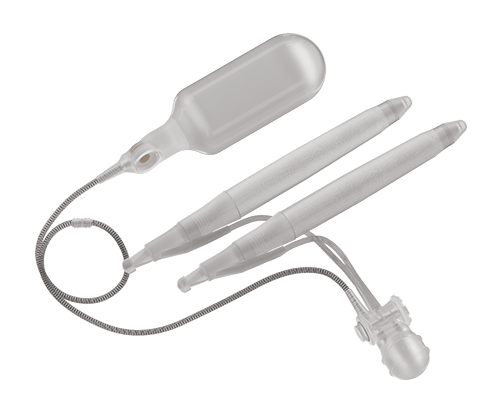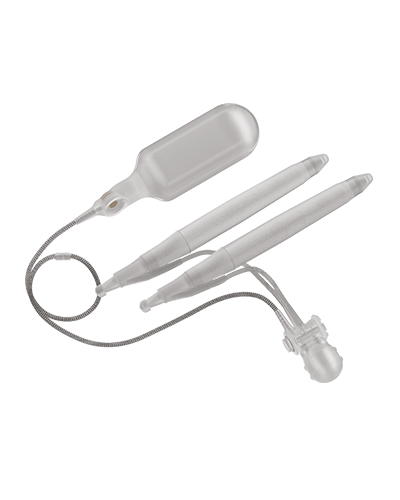
Penile Prosthesis Solutions After Prostate Cancer Treatment

Understanding Erectile Dysfunction After Prostate Cancer
Erectile dysfunction is a common experience for many men following treatments for prostate cancer. You're not alone, and today's technology has advanced significantly.
Prostate Cancer Treatment
Treatments like radical prostatectomy or radiation therapy can affect the nerves and blood vessels needed for erections. Research indicates that a significant percentage of men may develop ED post-treatment.
Impact on Quality of Life
ED can potentially impact intimacy, self-esteem, and overall quality of life. The likelihood and severity can vary based on individual patient factors and the specific treatments received.
Treatment Options
For persistent ED, especially after prostate cancer treatment, penile implants are considered a highly effective solution when other options like medications, injections, or vacuum devices are insufficient.
Why Penile Prostheses Are a Valued Option
For men experiencing persistent ED after prostate cancer treatment, penile implants offer distinct advantages over other treatment options.
Key Benefits for Prostate Cancer Survivors:
- Reliable, on-demand erection capability: Allowing for spontaneity and control
- Long-term efficacy: High patient satisfaction rates of 80% to 90% according to systematic reviews
- Restoration of intimacy: Helping to re-establish a natural and spontaneous intimate life
"Systematic reviews and meta-analyses report high patient satisfaction rates, often in the range of 80% to 90% for penile prosthesis implantation."
"Penile implants can be a reliable and effective solution for ED in patients who have undergone radiation therapy for prostate cancer."
Rigicon's Solutions for Prostate Cancer Survivors
Introducing Infla10® Pulse™ AX

Robust Rigidity
Provides excellent column strength that mimics a firm, natural erection, particularly beneficial for men after prostate cancer treatment.
Simultaneous Expansion
Unique capability to expand in both length and girth, addressing potential anatomical changes following prostate cancer treatments.
4-Layer Construction
Advanced materials provide both rigidity for reliable function and a natural feel for enhanced satisfaction and comfort.
User-Friendly Design
Easy-to-use Pulse™ pump with intuitive grasp, designed for easier handling by both patient and physician after prostate treatment.

Frequently Asked Questions
Common questions from prostate cancer survivors considering penile implant options.
How soon after prostate surgery can I receive a penile implant?
Typically, penile implant surgery can be considered approximately 6 to 12 months after prostate cancer treatment. This timeframe allows for adequate healing and stabilization of urinary function.
Will a penile implant help me after radiation therapy?
Yes, penile implants can be a reliable and effective solution for ED in patients who have undergone radiation therapy for prostate cancer. Studies and clinical experience have shown positive outcomes in this patient population.
Can penile implants significantly improve intimacy?
Many patients and their partners report high levels of satisfaction following penile implant surgery. These devices can lead to significant improvements in sexual function, spontaneous intimacy, and overall quality of life.
Ask Your Surgeon About Rigicon
Schedule a consultation to discuss whether Rigicon's innovative implant options are right for you after prostate cancer treatment.
Find ResourcesDiscover More

Clinical Evidence
Peer-reviewed publications and clinical evidence from the frontiers of prosthetic urology

Prosthetic Urology FAQs
Evidence-based FAQs on artificial urinary sphincters, penile and testicular prostheses—grounded in peer-reviewed research and the latest international guidelines.

Rigicon Blog
Explore expert insights on penile implants, erectile dysfunction, artificial urinary sphincters, and men's sexual health.